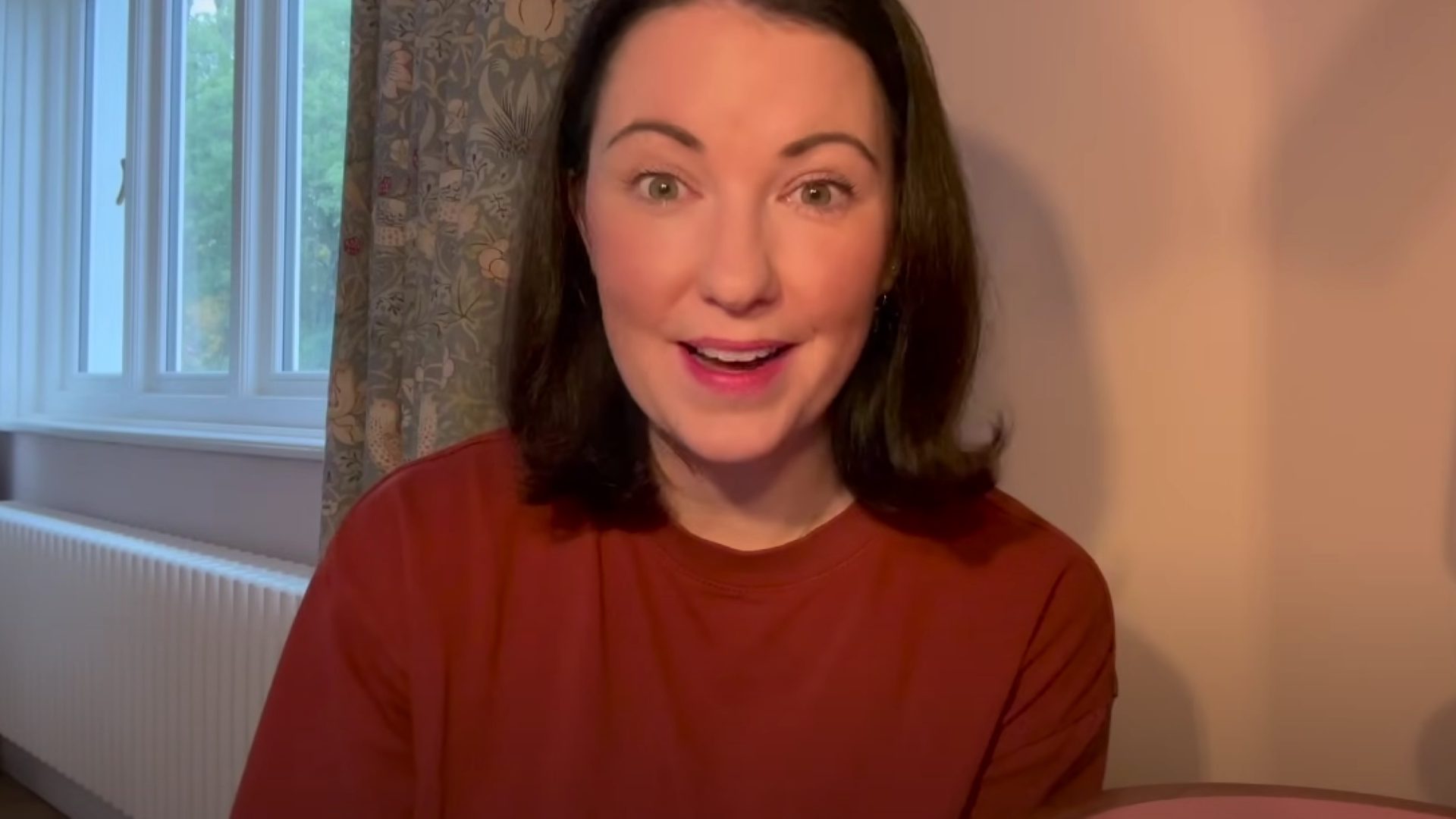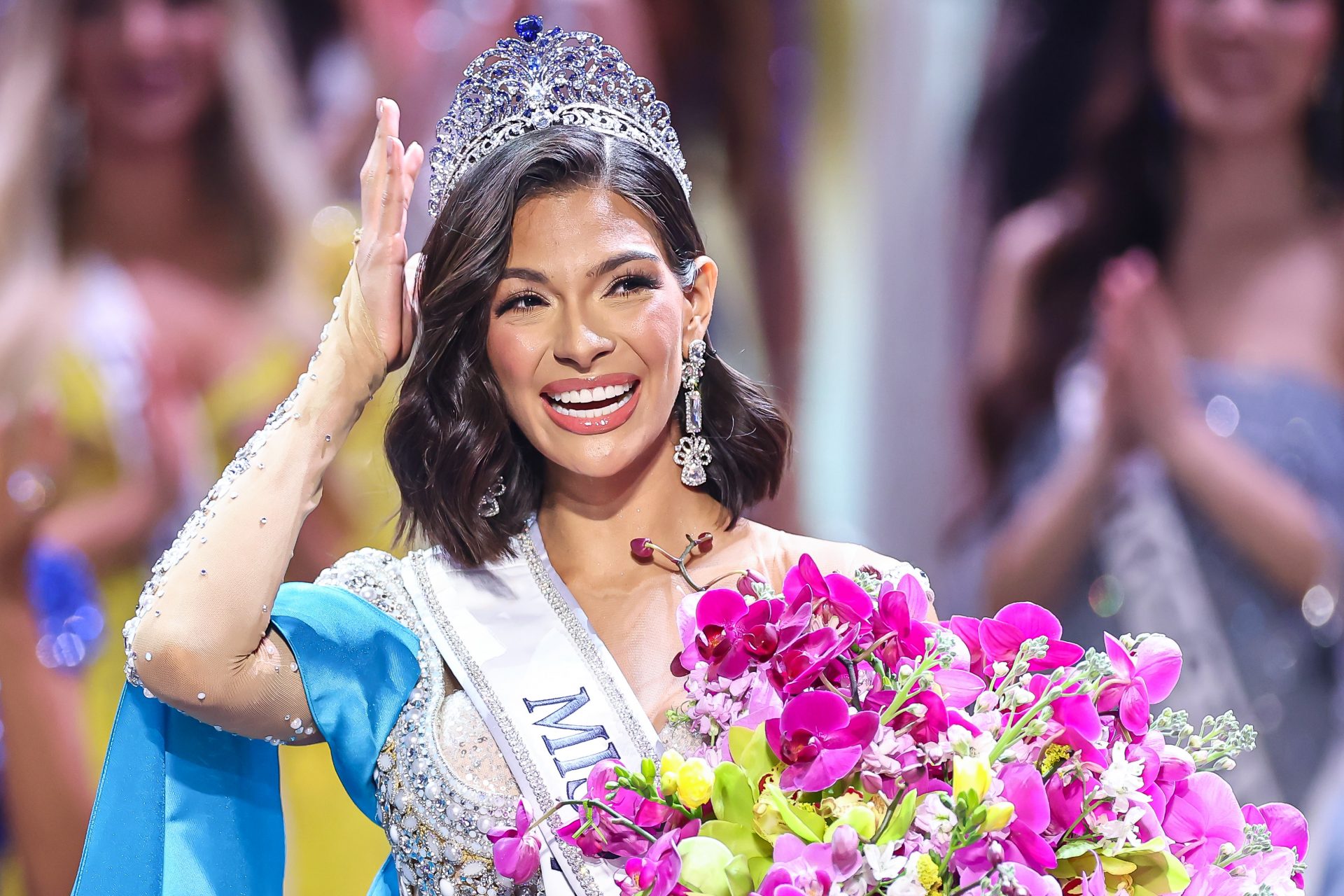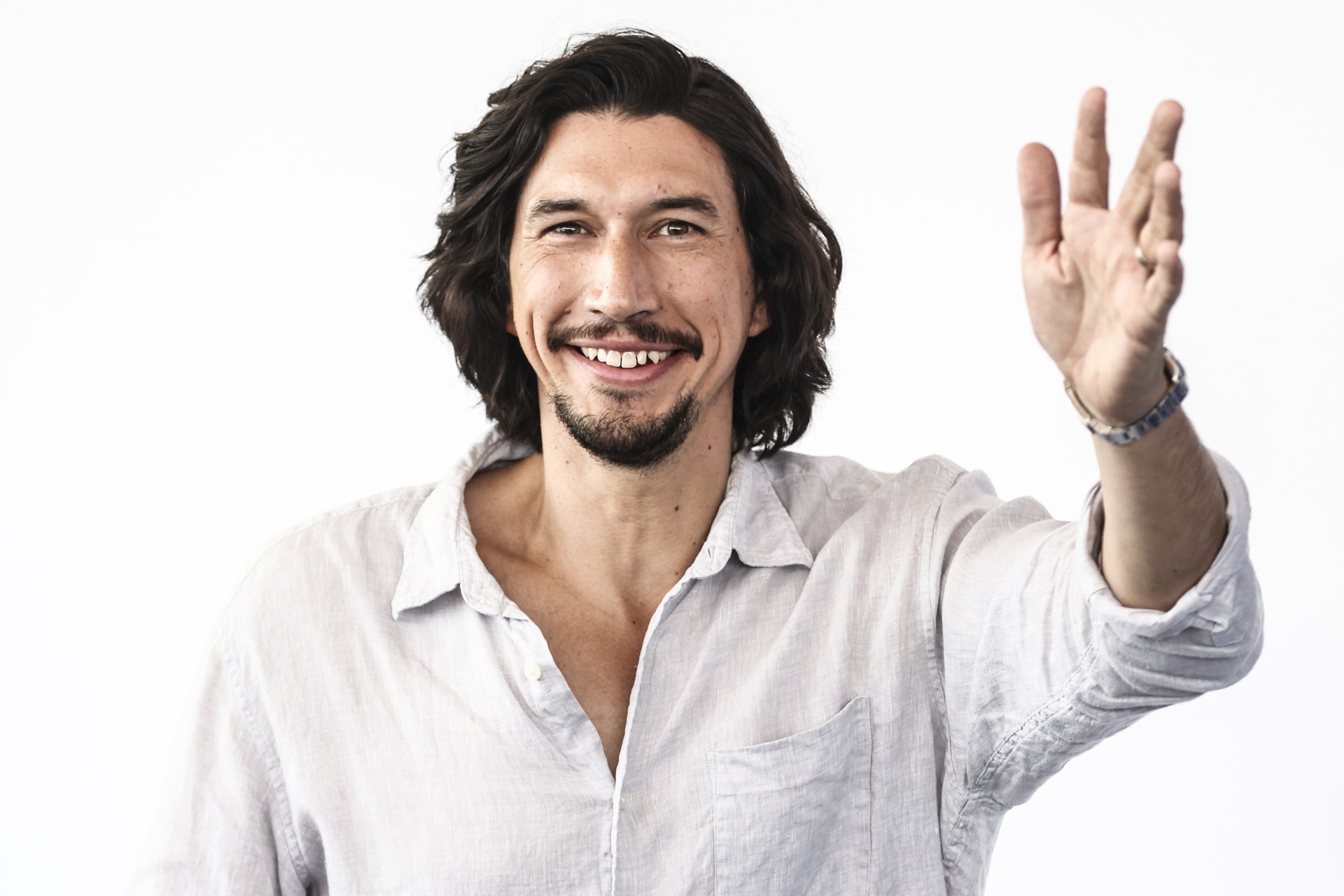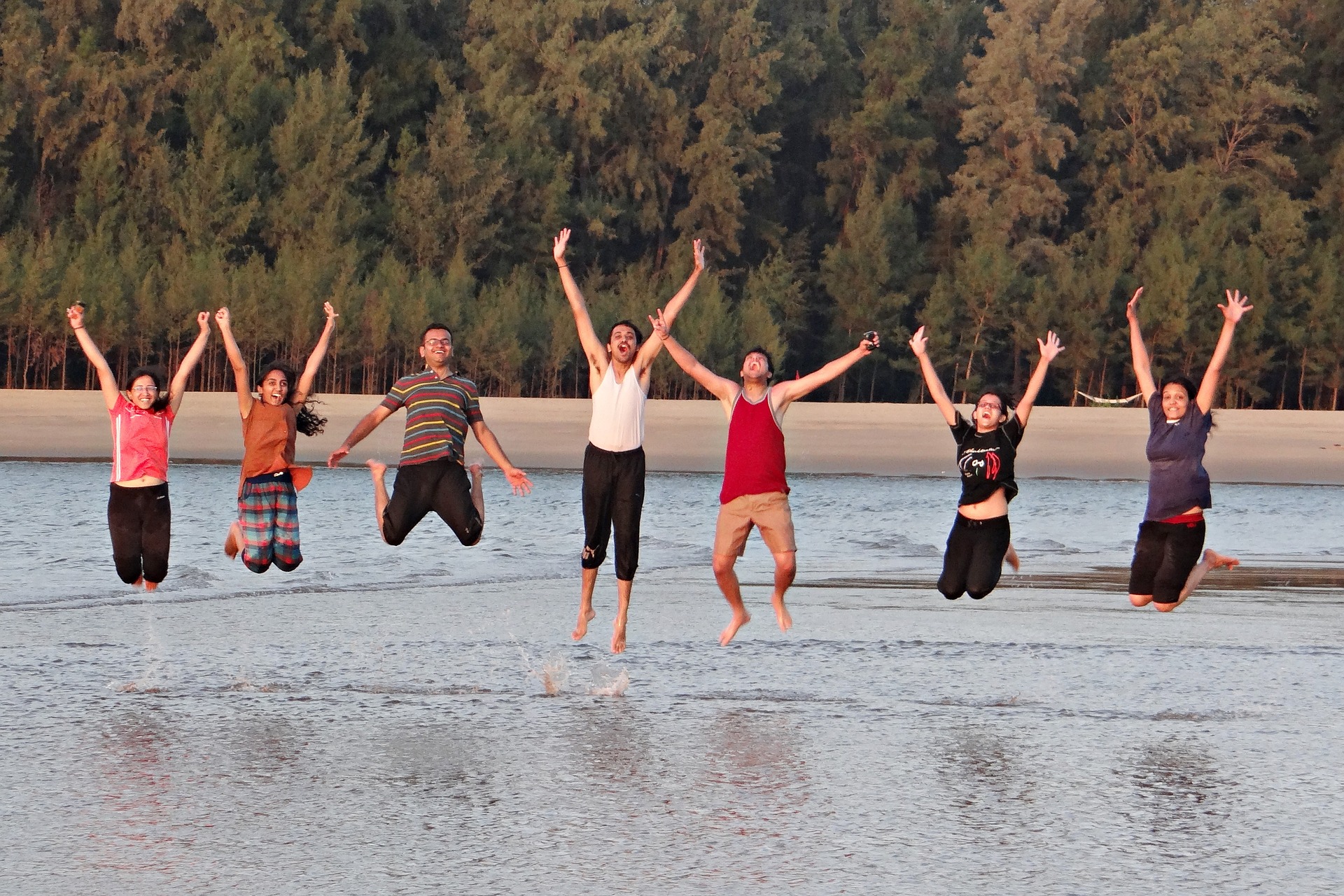Hypnobirthing: Woo-woo celebrity trend or does it really help?
From Kate Middleton to Jessica Alba, celebrities are turning to hypnosis as a way to give birth with less or no pain relieves. Is this just another woo-woo trend… or are they actually on to something?
UK royal Kate Middleton said on the ‘Happy Mum, Happy Baby’ podcast that she used hypnobirthing for all three of her deliveries. Although she had difficult pregnancies, she said she was happy to “take control” during labor, though explained that William wasn’t “chanting sweet nothings” around her bedside.
The princess elaborated on her experience. “I actually really quite liked labor! Because actually, it was an event that I knew there was going to be an ending to! But I know some people do have really, really difficult times, and it’s not for everybody.”
Actress and mother of three Jessica Alba is another strong proponent of hypnobirthing, saying: “It just makes you chill.” However, critics caution that non-celebrities may not have access to the same “chill” hypnosis-friendly birthing environments that exist for the ultra-rich in the US.
Alba elaborated on the Ellen DeGeneres show: “Basically, my husband takes me through sort of a meditation… He’ll say, ‘You’re relaxed, and you’re floating on clouds’ while you’re going through labor and your contractions. I’m just concentrating on breathing and staying relaxed because it’s when you get tense that makes the whole labor worse and more painful.”
England soccer star Harry Kane got some major flak after posting on social media about how “proud” he was of his wife for delivering with no pain relief. He addressed criticisms by saying women can deliver however they want, but they both learned a lot from hypnobirthing.
The British broadcaster said she used hypnobirthing in lieu of painkillers. “Having a natural pain relief free birth was the most intense and euphoric experience ever… I think it’s important to remember how strong us women can be and what our bodies can do,” she wrote on social media.
The concept of hypnobirthing first became popularized in a 1992 book written by the hypnotherapist Marie Mongan. She believed that pain during childbirth was influenced by the belief in that pain itself. When she delivered her first two children in the 50s, the doctors forced her to take painkillers, but for her second two children, she delivered “naturally.”
After finally delivering a child without painkillers, she said it was “beautiful.” Then, in the late 80s, when her daughter Maua became pregnant, she wanted to help her have a similarly joyful experience. So, she used her training as a hypnotherapist and invented hypnobirthing – also known as the Mongan method.
Hypnobirthing doesn’t involve looking into a hypnotic spiral or watching a swinging watch, but it does use techniques used in hypnosis like deep breathing, relaxation, visualization, and affirmations. It tries to vanquish fear and instead embraces birth as a natural process.
It may be hard to imagine relaxing while in labor, but Mongan asserted you can “be fully relaxed yet fully in control” during the process. “It is similar to the daydreaming or focusing that occurs when you are engrossed in a book or staring at the fire — you lose track of what is going on around you,” she told The Washington Times in 2000.
To calm the moms-to-be, the system also adopts a more relaxing set of vocabulary. It’s not labor; it’s birthing. They aren’t contractions; they’re surges. Pushing becomes birth breathing.
A clinical trial in 2015 with 680 women found that self-hypnosis during labor reduced fear and anxiety beyond expectations. Participants reported positive experiences, feeling calm, confident, and empowered throughout the birthing process. However, a Cochrane review found that the method wasn’t really helpful for pain.
A small 2021 study in Malaysia found that women who underwent hypnobirthing had fewer second-degree perineal tears than the control group (20% versus 66%). It also found that women using hypnobirthing had better pain management than those on the opioid IM Pethidine. But the evidence is still shaky.
Although the hypnobirthing programs may claim otherwise, a Cochrane review of nine clinical trials found that women who used hypnosis during labor were not less likely to have C-sections. And while they were 27% less likely to use pain-relieving drugs, they were just as likely to receive epidurals.
One randomized control study published in Health Care for Women International (2021) found that when nurses apply this philosophy in the delivery room, levels of labor fear, pain duration and cost were lower and the levels of satisfaction the labor experience were higher. The researchers recommend this type of care.
While the current evidence is hard to interpret, and it’s hard to design studies around it, some women do have good experiences with hypnobirthing. In a nutshell, it’s an individual decision, but alternatives exist, and there’s also no harm or shame in asking for an epidural either.
This woman, Siobhan Miller, was so excited about the idea that she hired a photographer to livestream the birth of her fourth child. "I desperately wanted to normalise birth," she explained of her decision to live stream the intimate moment. "Most people are terrified of birth. Some people think it is back-to-back pain for many hours. But it’s a contraction and breathing and then maybe you eat or breathe before another one.
Image: The Positive Birth Company/Youtube
While hypnobirthing is generally harmless, besides the hundreds of dollars programs can cost, some critics say that the goal of ‘perfect natural births’ is putting even more pressure on women. Andie Perris, 38, told BBC that she was so focused on “the right way” to have a baby, that she refused a C-section when she probably should have gotten one.






























